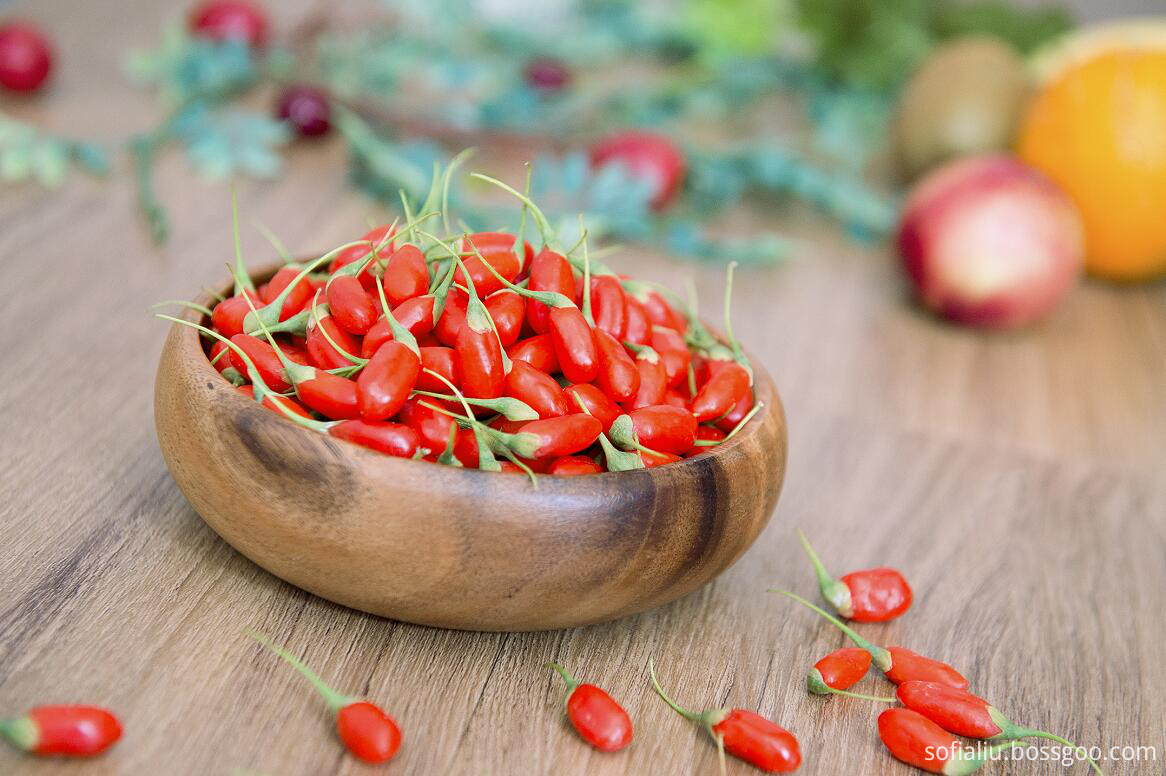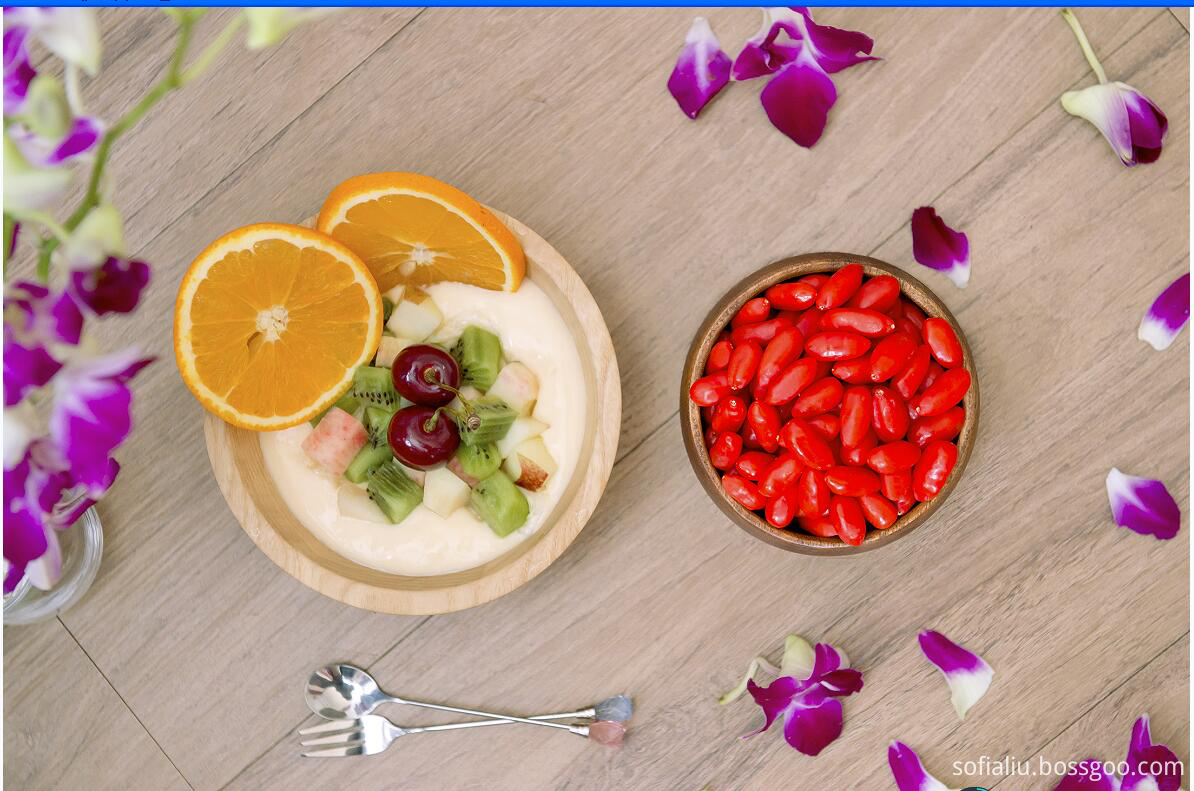Yellow wine is one of the four ancient wines in the world and has a long history in China. Since ancient times in China, rice wine has mostly used rice and corn as the main raw materials. After cooking or boiling, it adds saccharification starter and water such as koji and distiller's yeast, and then undergoes saccharification, fermentation, sputum filtration, heat sterilization and other processes. Realize the brewing of yellow wine. With the increasing cost of food, the operating pressure of rice wine enterprises is also growing. At the same time, the large amount of rice pulp water produced by washing and impregnation of rice and other grain raw materials has a COD value (about 30,000 mg/L) and acidity value. About 7.5 mg/L) is high, and direct discharge is likely to cause water pollution and affect the ecological environment. The cooking process consumes a lot of energy and does not meet the development trend of national energy conservation and emission reduction. Therefore, the development of yellow wine brewing technology for new brewing raw materials has become one of the key tasks for the sustainable and healthy development of enterprises.
Maltose syrup is a kind of maltose-based (40%-50%) syrup which is produced by starchy raw material and hydrolyzed by enzyme or acid enzyme combination. The product is a colorless transparent viscous liquid. The plastid is clear, the taste is mild and pure, the sugar content is low, and the malt scent has the advantages of high cooking temperature, low freezing point temperature and anti-crystallization. Maltose syrup has been widely used as an auxiliary material in beer brewing production, and has mature experience abroad. Maltose syrup contains not only glucose, but also different components such as maltose, maltotriose, maltotetraose and oligosaccharides. It has the advantages of reducing the color of the beer, simplifying the process and reducing the production cost. Therefore, this experiment selected maltose syrup to replace rice and other foods as the main raw materials, mixed with wine, mother, gluten, enzyme preparations, etc. for fermentation, simple process, safe fermentation process, product taste, and achieved energy saving, emission reduction and cost reduction. the goal of
Goji berries nutrients improve cell communication and have antioxidant as well as anti-inflammatory properties. These substances have been shown to increase mitochondrial function and detoxification. It has also been shown that nutrient dense foods such as Goji berries are far superior to supplementation with isolated nutrients contained in juices, capsules or tablets.
Goji berries have been in use for at least the last 1,700 years. They have become a staple in not only in Eastern cuisine, but also Eastern medicine.
In Chinese mythology, goji berries are known as the fruit of immortality. Even today, Chinese medicine uses goji berries to treat the liver, immune system, circulation problems, and more.
.
Funtion of Goji Berry:
1) Inhibit tumor growth and improve disease resistance;
2) Powerful anti-oxidant which extends life, and improves the memory;
3) Neutralize the side effects of chemotherapy and radiation;
4) Normalize blood pressure & balance blood sugar
5) Lower cholesterol, lose weight.
6) Support eye health and improve your vision.
7) Support healthy liver function.
8) Support normal kidney function
9) Increase calcium absorption

Please feel free to leave us message.
Any inquiry would be replied within 2 hours on working days!
Production Specification Sheet
|
Product Name |
Goji Berry |
Country of Origin |
Ningxia in China |
|
ANALYSIS |
DESCRIPTION |
TEST METHODS |
|
|
Product Name |
Organic Goji Berry |
||
|
Form |
Spindle and slightly shrinks |
SN/T 0878 |
|
|
Color |
Bright red or purplish red |
SN/T 0878 |
|
|
Taste and Smell |
Characteristic |
SN/T 0878 |
|
|
Size |
280granule/50gram |
160granule/50gram |
SN/T 0878 |
|
Total bacterial count, cfu/ml |
≤100000 |
GB4789.2 |
|
|
Salmonella |
Absence |
GB/T 4789.4 |
|
|
SO2 |
NMT 30 |
SN/T 0878 |
|
|
Moisture, % |
NMT13 |
GB/T 5009.3 |
|
|
Pb, mg/kg |
NMT 2.0 |
GB/T 5009.12 |
|
|
As, mg/kg |
NMT 1.0 |
GB/T 5009.11 |
|
|
Cu, mg/kg |
NMT 10.0 |
GB/T 5009.13 |
|
|
Pesticide Residue |
Acetamiprid <0.2PPM; Imidacloprid<0.2PPM; Fenvalerate<0.1PPM; Cypermethrin<0.1ppm negligible with other pesticides |
Negative |
GB/T 19648-2006, GB/T 200769-2008 |
|
Shelf life |
12 months months if stored in a cool ventilated dry place |
|
Package |
4.54Kg/Bag, 4Bags/ Carton (10Pounds/bag,4bags/Carton); 5KG/Bag,4Bags/Carton |
|
Storage |
It should be stored under the dry and ventilated environment in original bag, the temperature no more than 20 ℃ |
Conventional Goji Berry
Conventional Goji Berry,Conventional Goji,Conventional Dried Goji Berries,Conventional Wolfberry
Ningxia Wolfberry Goji Industry Co.,ltd , http://www.nx-wolfberry.com